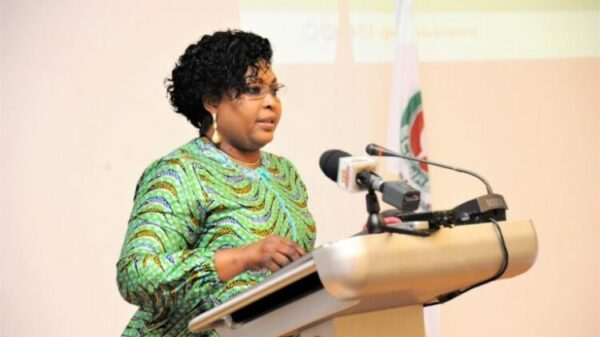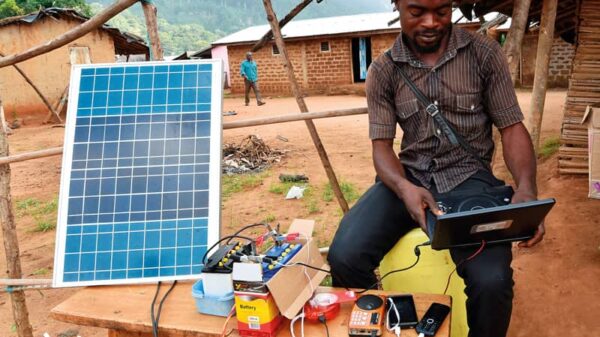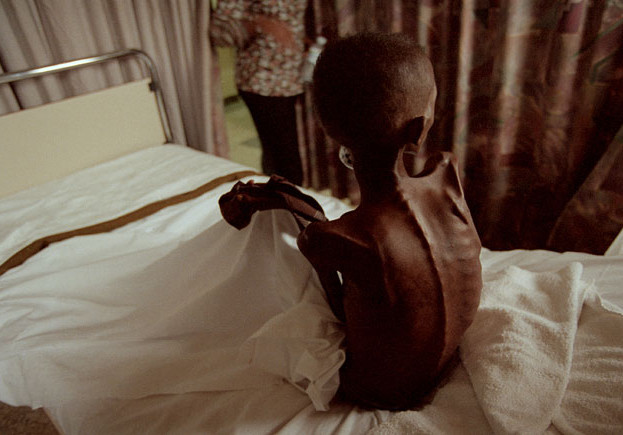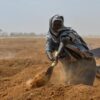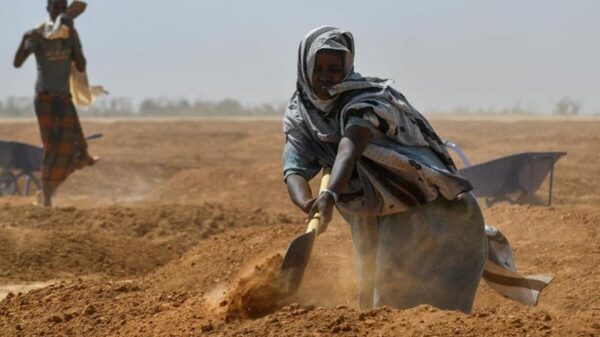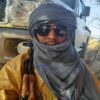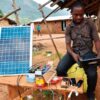By Fouziyah Abdul-Latiff (Health Writer) and Adnan Adams Mohammed
Many people still believe that HIV/AIDS is not real. They think that it is a story to scare people to use condoms and stop being promiscuous.
However, many people have HIV in their bodies and many have already died of an AIDS-related sickness.
HIV (Human Immuno Deficiency Virus) is a virus that enters blood. This virus which is mostly sexually transmitted can be found in the blood, sperm, vaginal fluids and breast milk in HIV positive individuals. Once infected by HIV, it attacks and eventually destroys the Body’s immune system which acts as your body’s army. The immune system normally fights germs, infections, bacteria and viruses that would make you sick. The body cannot defend itself against germs, infections and diseases like pneumonia and Tuberculosis.
According to the National STIs and HIV/AIDS Control Programme, estimated that, a total of 23,495 people in Ghana tested positive for HIV in the first half of 2022(January to June). The figure is two percent of the 948,094 people who undertook HIV testing within the period.
“The figure for this new infection is too high, so we need to intensify education to let people know that HIV is still real; …We have to let people know that they need to stick to the prevention strategies…”, the Programme Manager, Dr. Stephen Ayisi Addo, in an interview with graphic online worried.
Global HIV & AIDS statistics from the UNAIDS indicates that, averagely 38.4 million people globally were living with HIV in 2021. Out of this figure, 1.5 million people became newly infected with HIV in 2021 and about 650 000 infected persons died from AIDS-related illnesses in 2021.
However, only 28.7 million people were accessing antiretroviral therapy in 2021.
Since the break of the epidemic, 84.2 million people have become infected with HIV and 40.1 million people have died from AIDS-related illnesses.
Although, New HIV infections have been reduced by 54% since the peak in 1996, women and girls accounted for 49% of all new infections in 2021.
Key populations of the infected persons are; sex workers and their clients, gay men and other men who have sex with men, people who inject drugs, transgender people) and their sexual partners accounting for 70% of HIV infections globally.
The risk of acquiring HIV is 35 times higher among people who inject drugs than adults who do not inject drugs.30 times higher for female sex workers than adult women.28 times higher among gay men and other men who have sex with men than adult men, 14 times higher for transgender women than adult women.
Every week, around 4900 young women aged 15–24 years become infected with HIV.
Subsequently, in sub-Saharan Africa, six in seven new HIV infections among adolescents aged 15–19 years are among girls. Girls and young women aged 15–24 years are twice as likely to be living with HIV than young men. Women and girls accounted for 63% of all new HIV infections in 2021.
Meanwhile, as at the end of 2021, US$ 21.4 billion (in constant 2019 United States dollars) was available for the AIDS response in low- and middle-income countries—around 60% was from domestic sources.
UNAIDS estimates that US$ 29 billion (in constant 2019 United States dollars) will be required for the AIDS response in low- and middle-income countries, including countries formerly considered to be upper-income countries, in 2025 to get on track to end AIDS as a global public health threat.
Although, Ghana has a low-level HIV epidemic with disproportionately high prevalence of HIV in key populations (KPs) such as female sex workers (FSW) and men who have sex with men (MSM). Like many countries, Ghana is striving towards achieving the United Nations Programme on HIV/AIDS’ (UNAIDS) 90-90-90 targets (90% of HIV positive people know their status, 90% of those diagnosed are on treatment, and 90% of those on treatment are virally suppressed). In September 2016, the government of Ghana adopted the World Health Organization (WHO) policy of “treat all” – which is the provision of antiretroviral treatment (ART) to all people living with HIV (PLHIV) irrespective of their CD4 count, which was previously used as a cut off to start treatment. With adoption of “treat all”, there needs to be a scale up of not just preventive services and HIV testing, but also of availability of antiretroviral (ARV) treatment (ART) and viral load testing.
The United States President’s Emergency Plan for AIDS Relief (PEPFAR) is supporting Ghana to maximize the quality, coverage and impact of the national HIV/AIDS response.
The above statistics clearly indicates that, a lot of people are unknowingly infected with HIV, yet would not have an HIV test to find out their status so they can get help and support. As an individual, it’s very necessary to find out whether you are living with HIV or not. If you are living with HIV, you can get information about how to stay healthy as well as how to protect yourself and your loved ones. If you are not living with HIV, you can as well get information about how to remain safe. An untreated HIV can progress to a serious, disabling disease. However, today there are many treatments available to ensure a long and healthy life. HIV/AIDS can be treated and there is a lot that can be done to improve your health if diagnosed early. Medications can reduce the virus while vitamins, good nutrition and exercise can play a critical role in keeping your body strong and healthy.
A person gets sick when HIV has destroyed most of his/her immune system which can take many years to happen. You are then said to have AIDS. A person living with AIDS becomes very weak and can get sick from many different germs. These germs can cause problems such as losing weight, bad diarrhoea, sores in the mouth, cough, pneumonia, TB, brain and nerve disease, swellings, fevers and sores. These do not get better on their own because of a deficiency in the immune system.
Taking medications can help you to become better.
One can look and feel healthy for years when when first exposed to HIV in your body. The only way to find out whether you are living with HIV is by having an HIV test. Finding out as early as possible after being infected with HIV is important. This way you can get help and avoid spreading HIV without knowing it.
Within a month or two of getting infected with HIV, many people can develop flu-like symptoms, swollen glands or a rash. These symptoms usually go away within a couple of weeks, and a person can look and feel well for many years before the symptoms come back.This period when you look and feel well can last five to seven years or longer in adults and two to five years or longer in children born with HIV. As HIV continues to attack the immune system, the illnesses start to show again.
It can take many years for HIV to make you sick. When you start to feel sick because of serious infections, it means that you may have AIDS. Some early signs include: painful skin rashes (shingles), sores on the lips which do not heal, thrush (a white rash inside the mouth or on the private parts), swelling in the neck, behind the ear, under the arm and in the groin. Signs and symptoms of TB which include coughs,sweating and weight loss, fevers and sweating at night, as well as enlarged glands.
HIV is mostly transmitted through having unprotected sexual intercourse with an infected partner, during pregnancy from an infected mother to child, during childbirth, breastfeeding, injecting drugs and sharing needles by drug users and health workers, handling blood and blood products especially in an accident scene and etc.
There is no cure for HIV. Once a person has HIV, they will remain infected for the rest of their life. Therefore preventing the spread is the most important way of controlling HIV.



